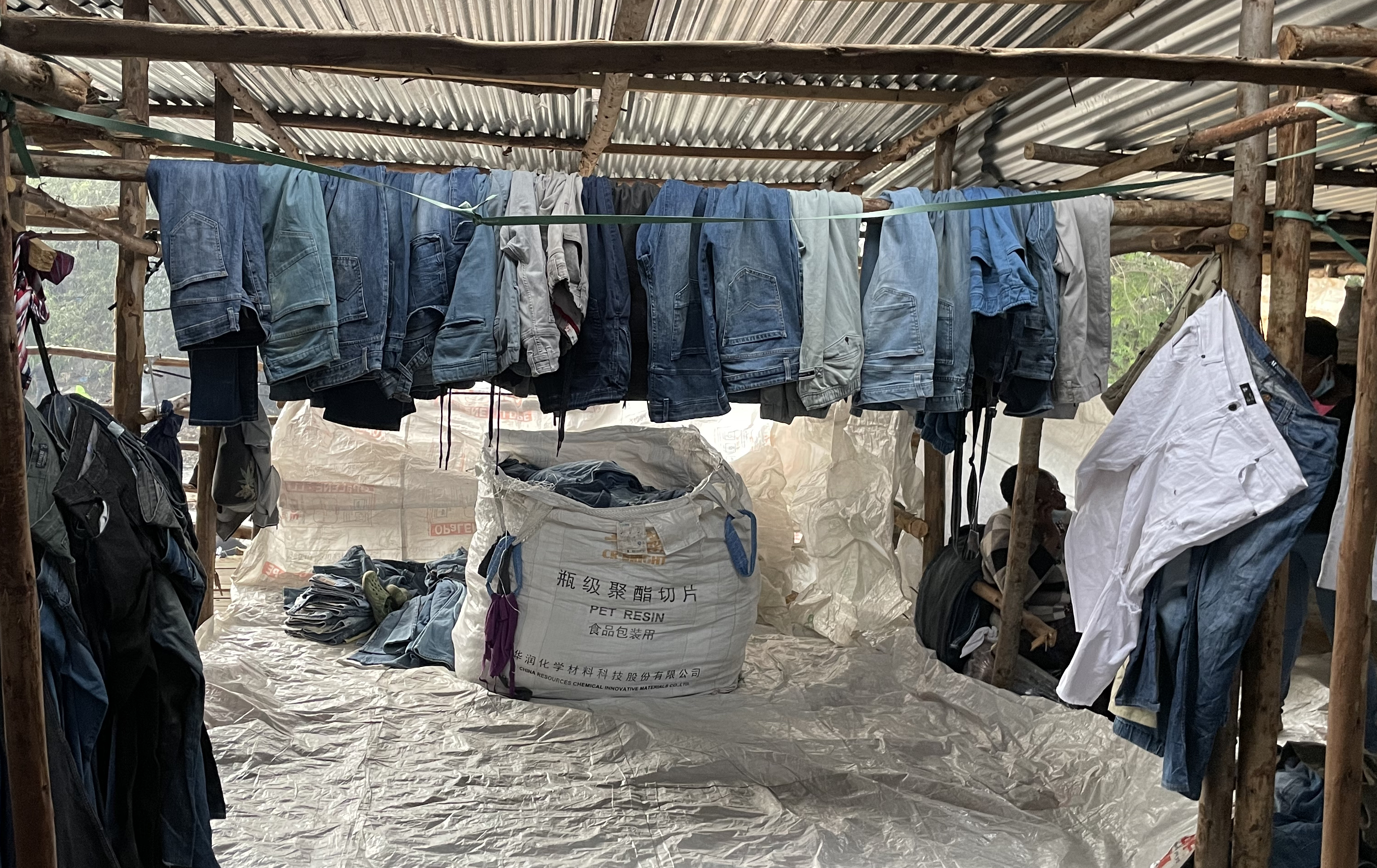
The exhibition of DiMa, the Sustainable Design and Materials Lab of the Estonian Academy of Arts, will be opened on 19.09 in the framework of the XVII Design Night "Green-being: WTF?*" at the Baltic Manufactory.
DiMa, the Sustainable Design and Materials Lab at the Estonian Academy of Arts, is an exhibition about DiMa, a company working on circular design and the development of new sustainable materials. The role of circular design is to create innovative solutions for products and services, emphasising the rational use of natural resources, waste reduction and the creation of new innovative business models. Sustainable materials are key to this, which is why it is important to look at material creation in the context of the circular economy. In the development of materials carried out at DiMa, special attention is given to technologies that enhance the recycling of materials, raw materials and waste. Textile and fashion surpluses, both in production and post-consumer, are the second most polluting industry that we need to address locally: collecting, sorting, reusing, repairing, reusing and recycling.
The exhibition will showcase solutions for recycling textile waste and product development through different design methods:
- material and product innovations developed in the framework of the project "Developing solutions for recycling and product innovation of textile waste generated in Estonia". Yarns and fabrics and composite materials have been developed from old garments collected in Estonia through mechanical recycling and in cooperation with several universities and designed into new products. The project is funded by the Environmental Investment Centre. TalTech, Viljandi Culture Academy of the University of Tartu, SEI Tallinn and the Uuskasuteskus.
-Value-added reuse garments, where both large-scale industrial residues and second-round garments, i.e. post-consumer textile waste, are used as materials. Valorem recycling allows the specificity of the material and its best qualities to be taken into account, thus creating new products with less resource consumption.
- Recycled textile design. The popularity of the #visiblemending tagline on social media proves that clothing repair has become a trend. But is it a passing fad, or can mending, as an activity, save the world? To curb catastrophic climate change, everyone can contribute by changing their behaviour. Wearing clothes creates an opportunity for interaction between wearer and object. The addition of new layers increases the value of an item over time. Healing is thus similar to nature's ability to recreate itself - by growing new layers and repairing damage caused by human activity.
Event on Facebook.
More information on Design Night: https://www.disainioo.ee/et
The exhibition is supported by the Environmental Investment Centre and co-financed by the European Regional Development Fund.
